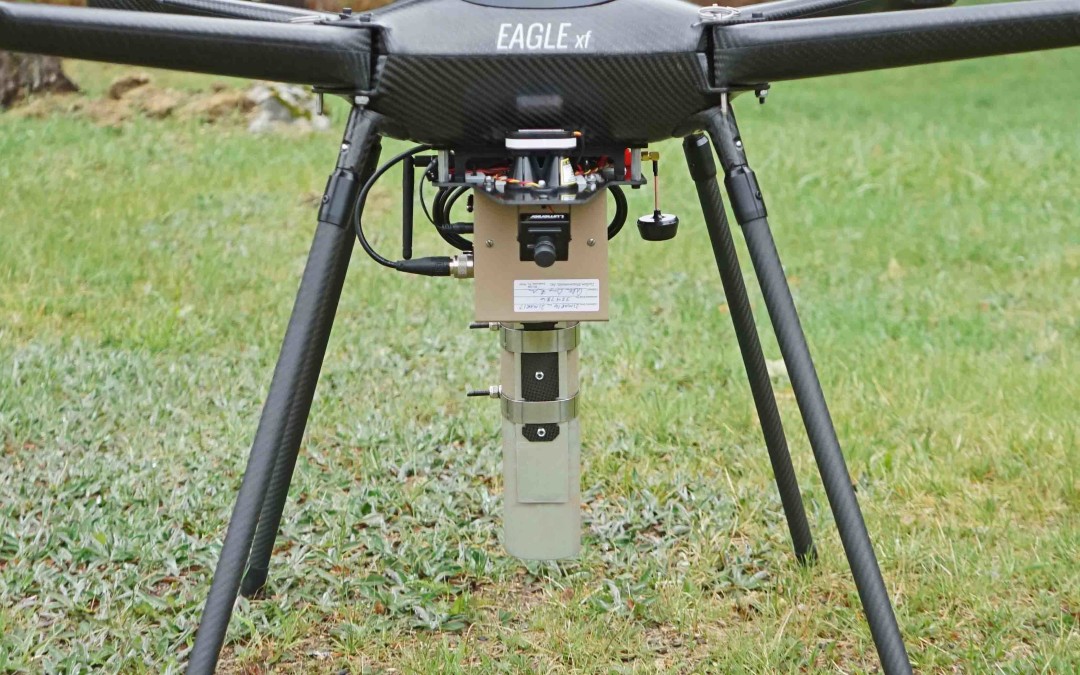The integration of drones into radiation detection represents a revolutionary leap in safety, efficiency, and accessibility for hazardous area monitoring. These unmanned aerial vehicles (UAVs) are becoming indispensable tools for industries such as nuclear energy, environmental monitoring, emergency response, and defense. By combining cutting-edge drone technology with advanced radiation detection systems, organizations can ensure better safety measures, reduce human exposure to dangerous environments, and improve the speed and accuracy of radiation surveys.
In this article, we delve into the role of drones in radiation detection, their advantages, applications, and the innovations shaping this field.
How Drones Revolutionize Radiation Detection
Traditional radiation detection methods often require ground-level surveys conducted by human operators or stationary equipment. These methods can be time-consuming, expensive, and risky. Drones equipped with radiation sensors offer a more efficient and safer alternative.
1. Accessing Hazardous Areas
Drones can easily reach locations that are dangerous or inaccessible to humans, such as nuclear accident sites, contaminated zones, or areas with high radiation levels. Their remote operation capability ensures safety for personnel while allowing precise data collection.
2. Enhanced Efficiency
Drones can cover large areas quickly, reducing the time needed for radiation surveys. Their ability to fly over challenging terrains, such as forests, mountains, or urban landscapes, makes them ideal for large-scale monitoring.
3. Accurate Data Collection
Equipped with state-of-the-art radiation sensors, drones can detect and map radiation levels with high precision. They provide real-time data that helps organizations identify hotspots and take appropriate measures.
4. Cost-Effectiveness
Deploying drones for radiation detection is more cost-effective than traditional methods, as it reduces the need for protective gear, transportation, and extensive manpower.

Applications of Drone-Based Radiation Detection
The versatility of drone-based radiation detection makes it applicable across various industries and scenarios:
1. Nuclear Power Plants
Drones play a critical role in monitoring radiation levels within and around nuclear facilities. They are used for regular inspections, detecting leaks, and assessing potential risks without exposing workers to harmful radiation.
2. Environmental Monitoring
Drones are invaluable for tracking and mapping radiation in the environment, such as fallout zones after a nuclear accident. This helps in assessing the impact on ecosystems and ensuring public safety.
3. Emergency Response
In the aftermath of nuclear disasters, drones equipped with radiation sensors can quickly survey the affected area, identify hotspots, and provide critical data to guide evacuation plans and containment measures. Their ability to operate in extreme conditions makes them indispensable for crisis management.
4. Border Security and Defense
Drones are used to detect illicit radioactive materials at borders or during counter-terrorism operations. They can monitor large areas discreetly, providing early detection of potential threats.
5. Mining and Resource Extraction
In mining operations, drones help detect and monitor naturally occurring radioactive materials. This ensures compliance with safety regulations and minimizes exposure risks for workers.
Technological Innovations Driving the Field
Advancements in drone technology and radiation detection systems have enhanced the capabilities of these tools, making them more reliable and efficient.
1. Miniaturized Radiation Sensors
Modern drones are equipped with lightweight yet highly sensitive radiation sensors capable of detecting gamma rays, beta particles, and other radioactive emissions. These sensors ensure accurate data collection without compromising the drone's flight performance.
2. Real-Time Data Transmission
Drones now feature advanced communication systems that allow real-time transmission of radiation data to ground control stations. This enables immediate analysis and decision-making during operations.
3. Autonomous Flight
Many drones used for radiation detection are equipped with GPS and AI-driven navigation systems, enabling them to perform autonomous flights. This eliminates the need for manual piloting, further reducing risks and enhancing efficiency.
4. Data Integration and Mapping
The integration of radiation data with geospatial mapping software allows drones to create detailed 3D maps of radiation levels across surveyed areas. This visual representation aids in understanding the extent and intensity of radiation.
Challenges and Considerations
While drone-based radiation detection offers numerous advantages, there are challenges that must be addressed:
- Regulatory Compliance: The use of drones is subject to aviation and privacy regulations, which can vary by region. Organizations must ensure compliance with these laws.
- Sensor Limitations: While modern sensors are highly advanced, certain radiation types may still require specialized equipment.
- Weather Conditions: Drones are sensitive to weather, and operations may be impacted by rain, wind, or extreme temperatures.
- Battery Life: The flight time of drones is often limited by battery capacity, which can restrict coverage area during long surveys.
Future Prospects of Drone Radiation Detection
The future of drone-based radiation detection is promising, with ongoing advancements expected to address current limitations and unlock new possibilities. Key developments to watch include:
- Longer Battery Life: Innovations in battery technology will extend flight times, enabling drones to cover larger areas in a single mission.
- Improved AI and Automation: Enhanced AI algorithms will allow drones to perform more complex tasks, such as identifying radiation patterns and anomalies.
- Integration with IoT: Combining drones with IoT networks will enable continuous monitoring and seamless data sharing across systems.
- Compact Nuclear Sensors: The development of more compact and powerful radiation sensors will enhance the detection capabilities of drones.
Conclusion
Drones equipped with radiation detection systems represent a transformative innovation, enhancing safety, efficiency, and accuracy in monitoring hazardous environments. Their ability to access hard-to-reach areas, collect precise data, and reduce human exposure makes them an invaluable tool for industries ranging from nuclear power to emergency response.
As technology continues to evolve, drone-based radiation detection is set to play an even greater role in ensuring environmental safety, public health, and industrial compliance. Organizations that embrace this cutting-edge solution are not only prioritizing safety but also gaining a competitive edge in addressing modern challenges.






Comments